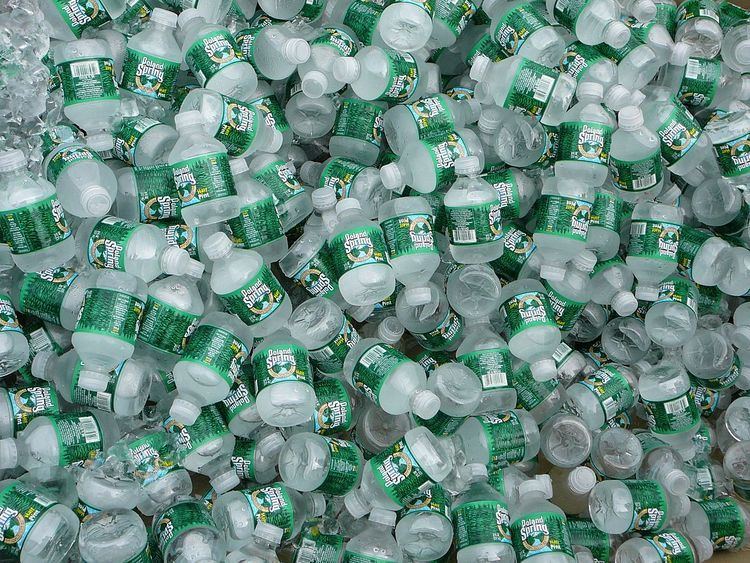 | ||
The United States is the largest consumer market for bottled water in the world, followed by Mexico, China, and Brazil. In 2008, U.S. bottled water sales topped 8.6 billion US gallons (33,000,000 m3) for 28.9% of the U.S. liquid refreshment beverage market, exceeding sales of all other beverages except carbonated soft drinks, followed by fruit juices and sports drinks. By 2011, this number had risen to 9.1 billion gallons. Americans drink 21 US gallons (79 L) of bottled water per capita per year. From 1970 (16 brands) over 1998 (50 brands) to 2012 (195 brands), the number of mineral water brands in the U.S. has grown exponentially.
Regulation
Bottled water is regulated by the Food & Drug Administration according to standards of identity, standards of quality and good manufacturing practices.
Standards of identity define types of water for labeling purposes:
Standards of quality regulate acceptable levels of the water's turbidity, color and odor, according to sample analysis. Exemptions are made according to aesthetically based allowable levels, and do not relate to health concerns. An example is mineral water, which is exempt from allowable color levels.
